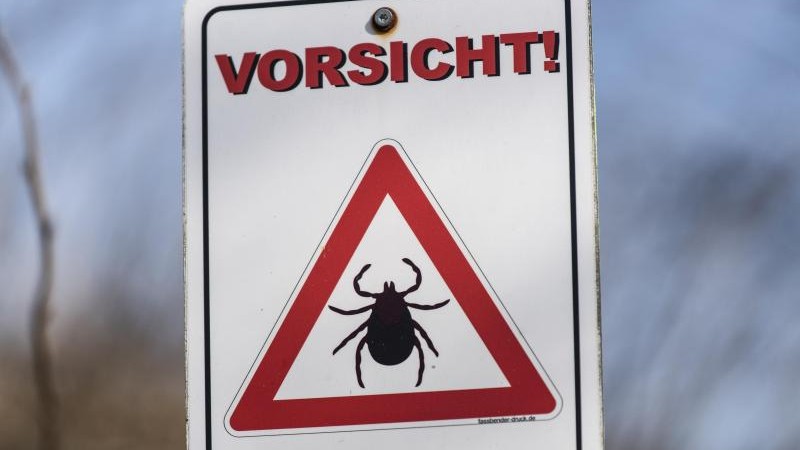
Science – Berlin – TBE by ticks: Dessau-Roßlau new danger zone – knowledge
Magdeburg / Berlin (dpa / sa) – For the first time, a region in Saxony-Anhalt has become one of the risk areas for tuberculosis, the encephalitis most often transmitted by ticks. It revolves around the city of Dessau-Roßlau, as evidenced by the current epidemiological bulletin of the Robert Koch Institute (RKI) in Berlin. A total of five regions in Germany were newly classified as risk areas. This includes the counties in Saxony (Central Saxony) and Thuringia (Land of Weimar) as well as in Bavaria (Dillingen ad Donau) and Hesse (Fulda).
A total of 169 regions have now been defined as TBE risk areas. In general, there is a risk of developing TBE infection in Germany, especially in southeast Thuringia and Saxony, as well as in Bavaria, Baden-Württemberg and southern Hesse, according to the RKI. Individual risk areas are also found in central Hesse, Saarland, Rhineland-Palatinate and Lower Saxony.
Classification as a risk area is based on disease data from several years. In these areas, people who may come into contact with ticks in their spare time or at work, for example, are advised to get a tuberculosis vaccine.
In 2020, 704 TB diseases were reported, more than at any time since data collection began in 2001. The previous year, the number was 445, in 2018, the year with the most cases, it was 583. An investigation is currently underway whether the significant increase during the Corona pandemic could be related to a change in recreational behavior, according to the report.
In Saxony-Anhalt, the numbers show something different: A total of two TBE diseases were reported for 2020, according to the State Consumer Protection Office in Magdeburg. In 2019, there were still 5 cases, in 2017 three cases and one in 2018. Two cases were reported from last year in Halle and Magdeburg. Nor is there any sign of any increase in tick-borne Lyme disease: last year, there were 504 cases after 503 in 2019 and 530 in 2018.
“On the basis of the number of reports that changed slightly in 2020 of Lyme disease and TBE cases compared to previous years, it can be said that neither the high summer temperatures nor the fact that people took their vacation at home or in the area had an impact on the number of cases.” Konstanzi Gottschalk, head of the Department of Health and Hygiene at the State Consumer Protection Office, explained.
The number of cases generally fluctuates greatly from year to year. According to RKI data, the majority of diseases occur in the period from May to October. TBE starts with symptoms such as headache and fever. In a small percentage of those affected, after a period without symptoms, a second stage can occur with meningitis, encephalitis, or myelitis. The disease could be fatal: in 2020 in one case. The vaccination provides the most reliable protection against TBE. Vaccination rates in affected areas remain very low, according to RKI.
Typical habitats for ticks include light forests and forest edges as well as areas with tall grass or shrubs, the report says. Parks and urban parks also provide good conditions.
© dpa-infocom, dpa: 210305-99-696585 / 8

“Organizer. Social media geek. General communicator. Bacon scholar. Proud pop culture trailblazer.”
